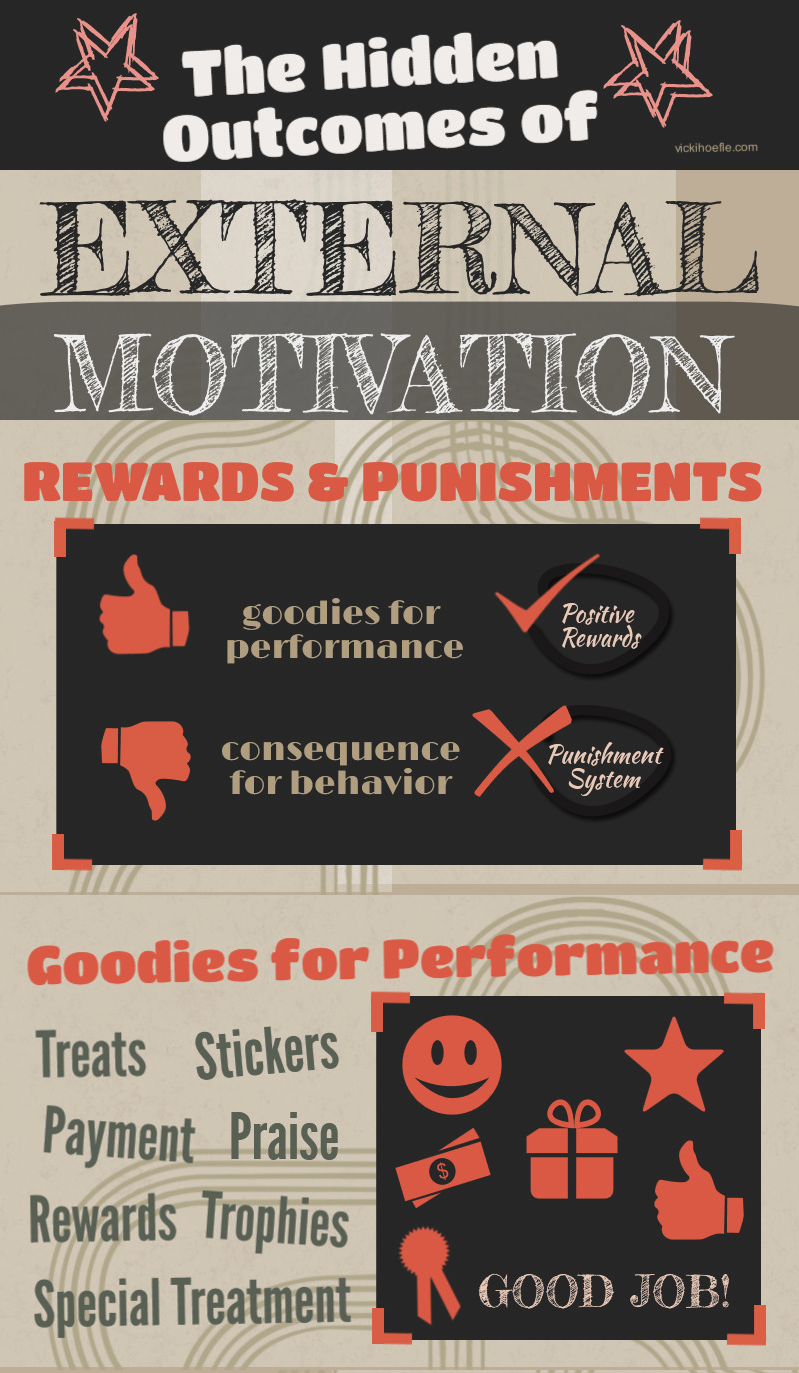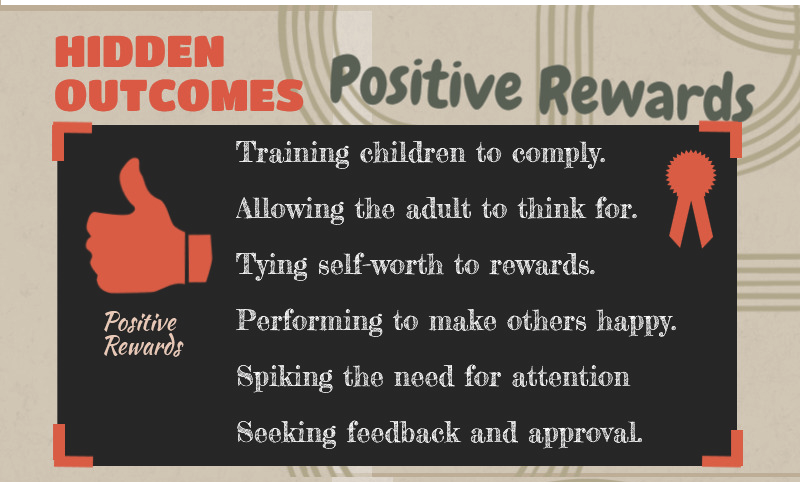Tips for Keeping Kids Motivated in Speech Therapy
Despite the bubbles and the iPads, speech therapy isn’t always all fun and games, it can be hard work! Speech therapy can be challenging for a host of reasons. It often occurs in small spaces, at a tabletop, and a variety of demands are placed on the child. While the goal of therapy is to work towards achieving goals, it’s also to keep kids motivated. Like most things in life, motivation is key and can have a significant impact on progress. A good speech pathologist considers not only the therapy goals but the variables that might impact a child’s motivation and attention during therapy to achieve those goals.
Variables that Impact Motivation and Attention
A lot of variables come with the child’s age. Older children might be aware of their speech and language challenges and motivated to improve them. Conversely, they might feel self conscious and easily discouraged when therapy doesn’t come easy. For young children, in particular, it is often difficult for them to comprehend the goal of therapy and therefore, play-based tasks are essential in keeping them engaged and interested.
Attention is another important factor in performance and motivation in speech therapy. Children might struggle with a variety of attention difficulties including sensory needs, distractability, impulsivity or other communication barriers such as poor comprehension that make therapy a struggle. A tangible token system may be helpful
http://youtu.be/tWMhiXD_uLo
High Interest Motivators
To keep kids engaged, first, decide what motivates them. This may seem obvious but what does your client like? Generic stickers aren’t always good enough to float every child’s boat. You might need a parent’s influence and opinion on this issue, but make sure to ask for it.
Use the motivators as 1.) rewards or 2.) incorporated into the therapy plan.
Rewards
Rewards can be great and keeping children working towards the end of an activity. Be sure to alert the child as to how much work they have to do in order to earn the reward (work for 10 minutes, 5 worksheets, 10 articulation targets). At the end, provide the with a structured amount of time with the reward. A reward can be most anything. Some ideas include:
- Music (play song, a part of a song, or sing it)
- Videos (watch a clip, make your own)
- Puzzle pieces (one at a time)
- Sticker charts
- Games (anything goes here, basketball, iPad, Candyland
- Points earned for good work
Rewards need to be short, however, to keep the focus of therapy on the actual work at hand. Some children appreciate being given a choice between rewards. It might be best offer them choices before they work, therefore feeling a little more ownership over the activity. Using food as a reward is a bit controversial and not advised.
Don’t forget the value of verbal praise and positive comments.
Motivating Activities During Therapy
If a child really likes a subject or character (Elmo, Thomas the Train, dogs), try to make that the subject of speech therapy. For example, use multiple exemplars of a character, such as wearing different outfits, colors or doing different actions to elicit vocabulary (e.g., yellow Elmo, red Elmo, Elmo running, Elmo dancing). Using the characters in your lesson is sometimes enough to keep kids interested without additional rewards.





The best advice I ever read about using tangible reinforcers came from Mary Sheedy Kurcinka. She recommended only using them to train a new behavior. So, I might use a sticker chart for following the rules and on-task behavior for new kindergarteners , but not for most 4th graders. I like using the Premack Principle, myself. 10, 20, 50, or whatever is an appropriate number of target productions/ approximations, and we can do this amazing fun thing. Which usually also targets a speech goal, because SLPs are sneaky that way.